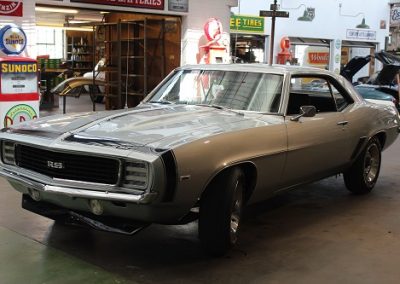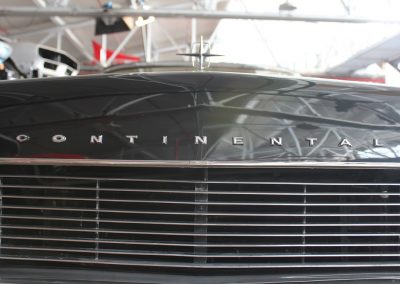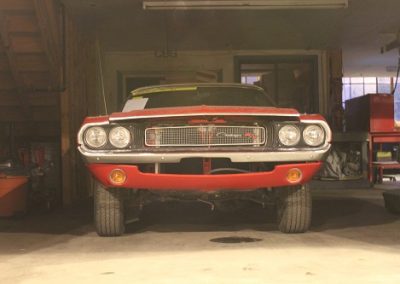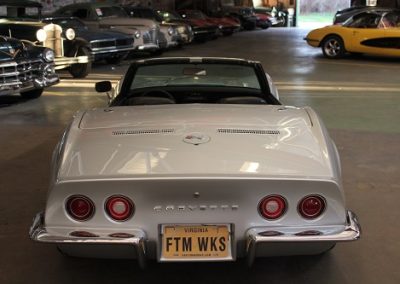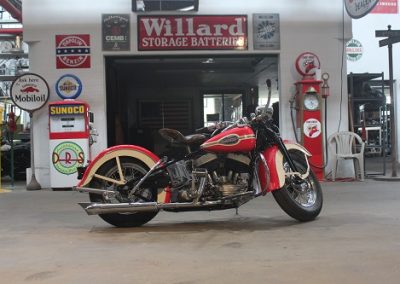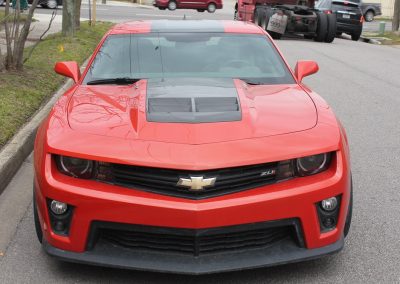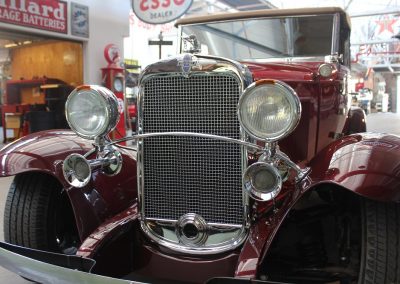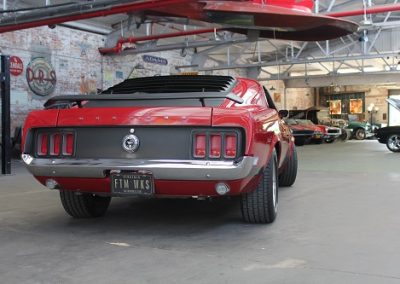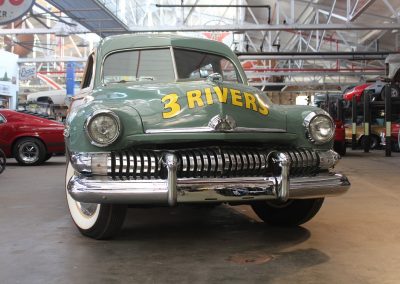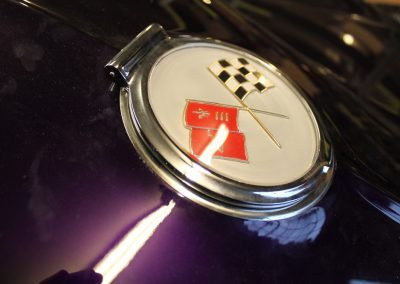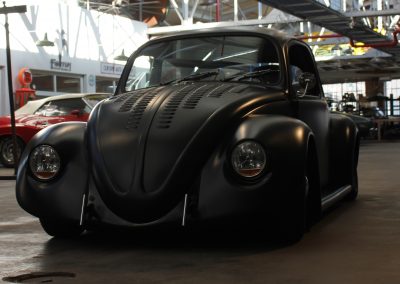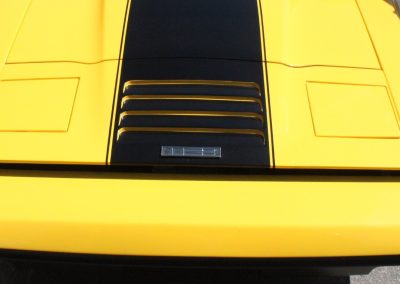1966 Lincoln Continental

As seen on Season Eight of FantomWorks
Owner Insight:
Explore the Project Galleries
Arrival
Finish
The Lincoln Continental is a series of mid-sized and full-sized luxury cars produced by Lincoln, a division of the American automaker Ford Motor Company. Introduced in 1939 as a personal vehicle of Edsel Ford, who commissioned a coachbuilt Lincoln-Zephyr convertible as a vacation vehicle to attract potential Lincoln buyers. In what would give the model line its name, the exterior was given European “continental” styling elements, including a rear-mounted spare tire. Produced for 55 years across nearly eight decades, there are ten generations of the Lincoln Continental.
Within the Lincoln model line, the Continental has served several roles ranging from its flagship to its base-trim sedan; from 1961 to 1976, the Continental was the sole model line sold by the division. As part of its entry into full-scale production, the first-generation Continental became the progenitor of an entirely new automotive segment, the personal luxury car. Following World War II, the segment evolved into coupes and convertibles larger than sports cars and grand touring cars with an emphasis on luxury and style over handling. From 1956 to 1957, the Continental nameplate also saw use in the short-lived Continental Division, marketing the 1956–1957 Continental Mark II as the worldwide flagship of Ford Motor Company; as a second successor, Ford introduced the Continental Mark series in 1969, produced over five generations to 1998.
Along with the model being the final American factory-produced vehicle with a V12 engine (in 1948), the Continental is the final example produced as a four-door convertible (in 1967); the Continental was the final American model line to undergo downsizing (in 1979).
Alongside the nationwide suspension of automobile production during World War II, the Continental has gone on hiatus twice. In 1981, the Continental became the Lincoln Town Car to accommodate the 1982 seventh-generation Continental. After 2002, Lincoln withdrew the Continental, largely replacing it with the Lincoln MKS in 2009. For 2017, the Continental was revived as the Lincoln flagship sedan, replacing the MKS.
For 1966, the fourth-generation Lincoln Continental underwent a second mid-cycle redesign. To better compete against the Cadillac Coupe de Ville and the Imperial Crown Coupe, Lincoln introduced its first two-door sedan since 1960. The two-door was designed as a pillarless hardtop, though the convertible remained offered solely as a four-door. In an effort to increase sales of the five year-old model range, Lincoln reduced the price of the Continental nearly $600 from 1965 while keeping equipment levels identical. The marketing decision proved successful; boosted by the introduction of the two-door bodystyle, the model range increased sales by 36%.
While following much of the 1965 restyling (distinguished largely by a new grille and the addition of “Continental” to the hood), the 1966 Lincoln Continental wore an all new body, growing 5 inches longer (implemented primarily in the rear seats to accommodate more leg room), and nearly an inch taller and wider. Curved side glass made its return (with less obvious tumblehome, to increase interior room). To offer a larger engine than either Imperial (440 cubic inches in 1966) or Cadillac (429 cubic inches, 472 cubic inches in 1968), the 430 V8 was enlarged to 462 cubic inches.
The convertible underwent several equipment revisions for the first time, adding a glass rear window and the top mechanism added a second hydraulic pump for opening the convertible roof and the trunklid (making the two systems separate); hydraulic solenoids were deleted from the top mechanism. The interior underwent several revisions, adding a tilt steering wheel and an 8-track tape player as options.










